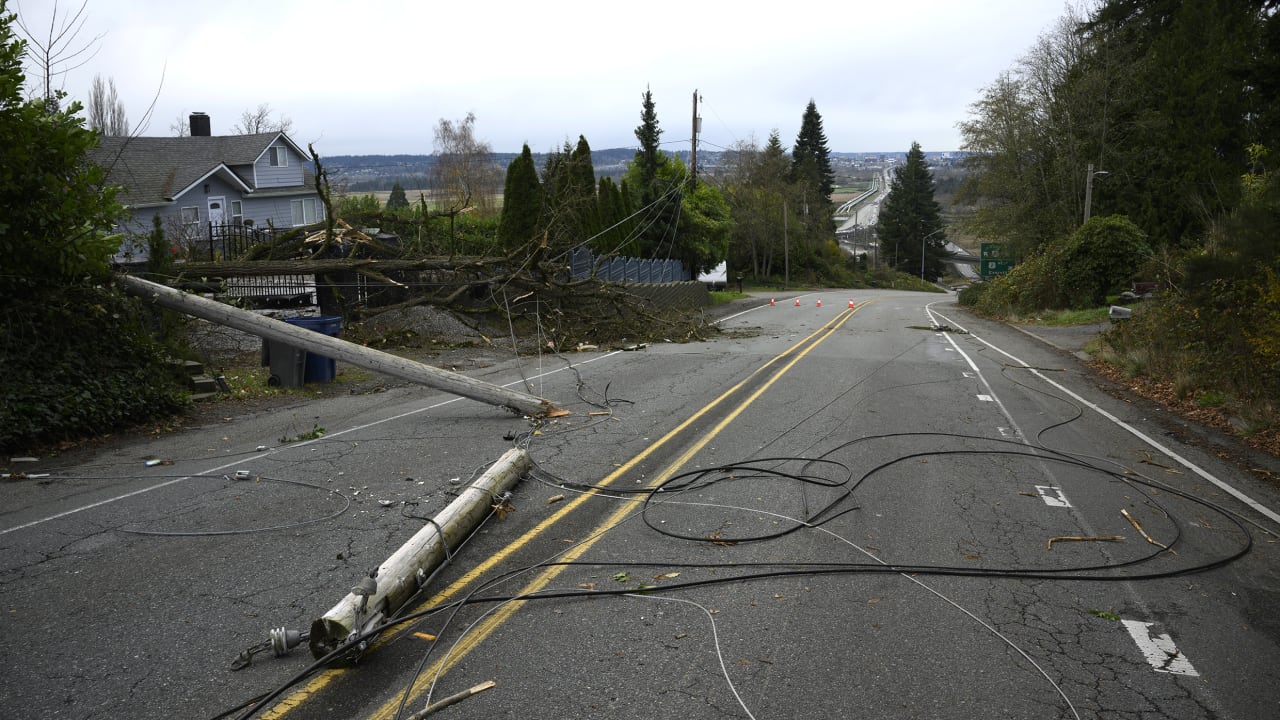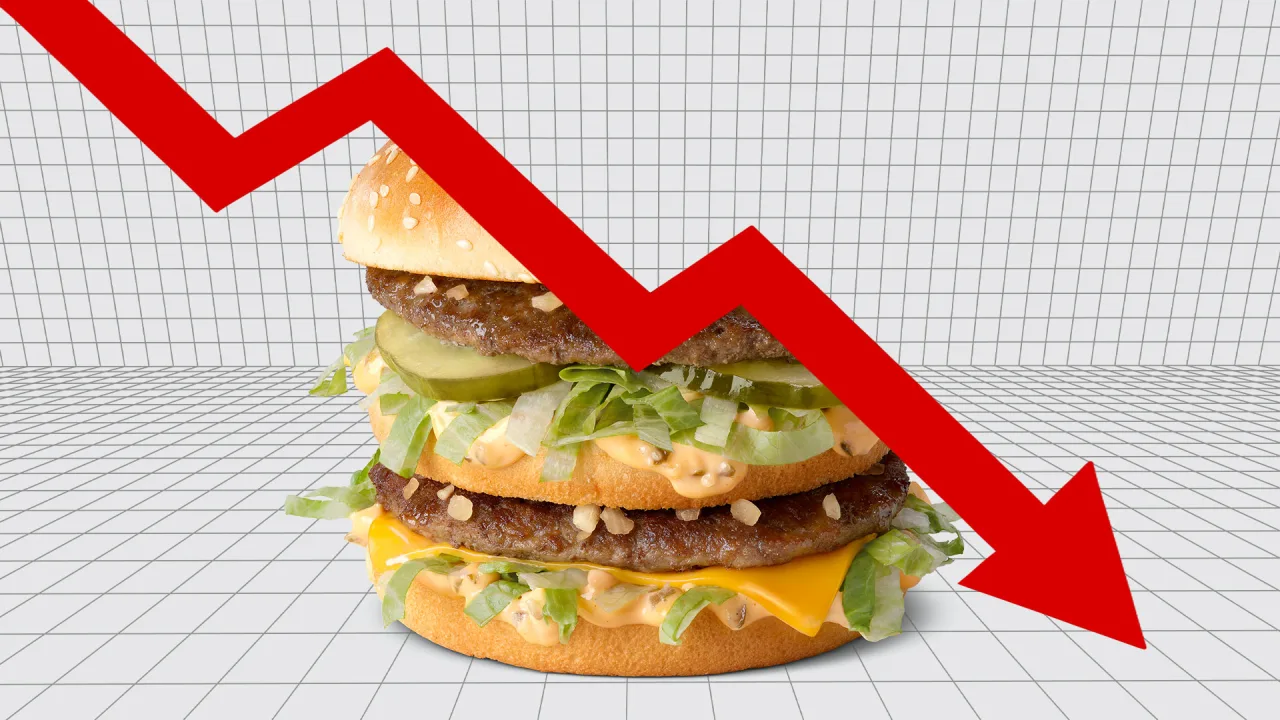Trump was always gunning to end FEMA. Now, he’s denying disaster relief to red states
Since before he took office, President Donald Trump made his disdain for the Federal Emergency Management Agency (FEMA) clear. Now, he’s leaving survivors of severe thunderstorms and tornadoes in Arkansas without any federal aid. After large swaths of the South and Midwest were hit by deadly thunderstorms and tornadoes in March and April, Arkansas’ Republican Governor Sarah Huckabee Sanders—a frequent supporter of the president—repeatedly wrote to FEMA asking for support in her state. “The sheer magnitude of this event created disastrous amounts of debris, extensive destruction to homes and businesses, and resulted in the death of three citizens, and caused injuries to countless others,” Sanders wrote in her initial request. (Since that letter was sent, 40 people in the path of the storms were killed.) After reviewing Sanders’ pleas, which went on to describe the extent of the hazardous weather and hundreds of thousands of dollars in damage, the Trump administration ultimately wrote back that it had “determined that the damage from this event was not of such severity and magnitude as to be beyond the capabilities of the state, affected local governments, and voluntary agencies,” and that it therefore would not provide supplemental federal assistance. In contrast, in 2023, former President Biden granted Arkansas’ disaster declaration request following a deadly tornado within 48 hours. Given that Arkansas is a red state that voted for Trump in the 2024 election, many were shocked that the president denied Sanders’ request for aid. But this isn’t the only time that Trump has turned down appeals for federal help after severe weather events—and, while disappointing, the administration’s insistence that states should help themselves during times of crisis is in line with its larger efforts to dismantle federal disaster mitigation infrastructure. Several states are denied support from FEMA Since January, Trump has denied several other FEMA requests that have surprised state lawmakers. In March, North Carolina’s Democratic Governor Josh Stein wrote to ask for 180 days of extended FEMA support for recovery costs related to Hurricane Helene, which was denied by the Trump administration in April. That same month, Washington’s Democratic Governor Bob Ferguson requested FEMA support for repairs after a “bomb cyclone” windstorm last November that caused an estimated $34 million in damages. His appeal was also denied. “There are very clear criteria to qualify for these emergency relief funds. Washington’s application met all of them,” Ferguson said in a statement on April 14. “This is another troubling example of the federal government withholding funding.” Most recently, in early April, Trump did approve a FEMA disaster declaration in Virginia to help the state recover after severe flooding. However, he refused Republican Governor Glenn Youngkin’s request for hazard-mitigation money as part of the disaster-aid package—a step that no president has taken in nearly 30 years. The Hazard Mitigation and Grant Program (HMGP) is overseen by FEMA and allocates funds to help communities protect infrastructure from future damage after severe weather, like by elevating flood-prone homes or strengthening buildings in earthquake zones. According to Politico, the program has allocated nearly $18 billion to states to safeguard 185,000 properties. “It’s an extremely important program for hazard mitigation,” Anna Weber, senior policy analyst for climate adaptation at the Natural Resources Defense Council, told Politico. “Instead of just rebuilding, we’re building resilience so we’re preventing future damages, deaths and injuries.” Historically, presidents have paired HMGP funds with FEMA’s overall recovery efforts, accounting for about 15% of overall costs for any given disaster response. But, since early April, Trump has stopped approving allocations from the program. A larger plan to dismantle federal disaster response infrastructure This scaling back of HMGP runs parallel to a larger effort within the Trump administration to potentially shut down FEMA altogether. On the 2024 campaign trail, Trump repeatedly spread misinformation about FEMA’s response to Hurricane Helene. In office, he’s already cut hundreds of staff from the agency, leaving its remaining staffers concerned about their ability to handle upcoming severe weather, like tornado and hurricane seasons. The administration has also withheld FEMA aid to migrant shelters, suggesting that they may have violated a law used to prosecute smugglers. Funding reductions have further resulted in FEMA canceling programs like federal fire training academy courses. In March, Kristi Noem, secretary of Homeland Security, reportedly said that her department planned to “eliminate” FEMA—a notion that Trump has also echoed. And last Monday, Trump named 13 members to a council tasked with recommending potential overhauls at the agency, though it’

Since before he took office, President Donald Trump made his disdain for the Federal Emergency Management Agency (FEMA) clear. Now, he’s leaving survivors of severe thunderstorms and tornadoes in Arkansas without any federal aid.
After large swaths of the South and Midwest were hit by deadly thunderstorms and tornadoes in March and April, Arkansas’ Republican Governor Sarah Huckabee Sanders—a frequent supporter of the president—repeatedly wrote to FEMA asking for support in her state. “The sheer magnitude of this event created disastrous amounts of debris, extensive destruction to homes and businesses, and resulted in the death of three citizens, and caused injuries to countless others,” Sanders wrote in her initial request. (Since that letter was sent, 40 people in the path of the storms were killed.)
After reviewing Sanders’ pleas, which went on to describe the extent of the hazardous weather and hundreds of thousands of dollars in damage, the Trump administration ultimately wrote back that it had “determined that the damage from this event was not of such severity and magnitude as to be beyond the capabilities of the state, affected local governments, and voluntary agencies,” and that it therefore would not provide supplemental federal assistance. In contrast, in 2023, former President Biden granted Arkansas’ disaster declaration request following a deadly tornado within 48 hours.
Given that Arkansas is a red state that voted for Trump in the 2024 election, many were shocked that the president denied Sanders’ request for aid. But this isn’t the only time that Trump has turned down appeals for federal help after severe weather events—and, while disappointing, the administration’s insistence that states should help themselves during times of crisis is in line with its larger efforts to dismantle federal disaster mitigation infrastructure.
Several states are denied support from FEMA
Since January, Trump has denied several other FEMA requests that have surprised state lawmakers.
In March, North Carolina’s Democratic Governor Josh Stein wrote to ask for 180 days of extended FEMA support for recovery costs related to Hurricane Helene, which was denied by the Trump administration in April. That same month, Washington’s Democratic Governor Bob Ferguson requested FEMA support for repairs after a “bomb cyclone” windstorm last November that caused an estimated $34 million in damages. His appeal was also denied.
“There are very clear criteria to qualify for these emergency relief funds. Washington’s application met all of them,” Ferguson said in a statement on April 14. “This is another troubling example of the federal government withholding funding.”
Most recently, in early April, Trump did approve a FEMA disaster declaration in Virginia to help the state recover after severe flooding. However, he refused Republican Governor Glenn Youngkin’s request for hazard-mitigation money as part of the disaster-aid package—a step that no president has taken in nearly 30 years.
The Hazard Mitigation and Grant Program (HMGP) is overseen by FEMA and allocates funds to help communities protect infrastructure from future damage after severe weather, like by elevating flood-prone homes or strengthening buildings in earthquake zones. According to Politico, the program has allocated nearly $18 billion to states to safeguard 185,000 properties.
“It’s an extremely important program for hazard mitigation,” Anna Weber, senior policy analyst for climate adaptation at the Natural Resources Defense Council, told Politico. “Instead of just rebuilding, we’re building resilience so we’re preventing future damages, deaths and injuries.”
Historically, presidents have paired HMGP funds with FEMA’s overall recovery efforts, accounting for about 15% of overall costs for any given disaster response. But, since early April, Trump has stopped approving allocations from the program.
A larger plan to dismantle federal disaster response infrastructure
This scaling back of HMGP runs parallel to a larger effort within the Trump administration to potentially shut down FEMA altogether.
On the 2024 campaign trail, Trump repeatedly spread misinformation about FEMA’s response to Hurricane Helene. In office, he’s already cut hundreds of staff from the agency, leaving its remaining staffers concerned about their ability to handle upcoming severe weather, like tornado and hurricane seasons. The administration has also withheld FEMA aid to migrant shelters, suggesting that they may have violated a law used to prosecute smugglers. Funding reductions have further resulted in FEMA canceling programs like federal fire training academy courses.
In March, Kristi Noem, secretary of Homeland Security, reportedly said that her department planned to “eliminate” FEMA—a notion that Trump has also echoed. And last Monday, Trump named 13 members to a council tasked with recommending potential overhauls at the agency, though it’s still unclear how significant those overhauls might be.
Experts have repeatedly warned that scrapping FEMA would result in a dark future for disaster relief. Now, several states—including some that voted for the president—are getting a first glimpse at that future.




















































































































































